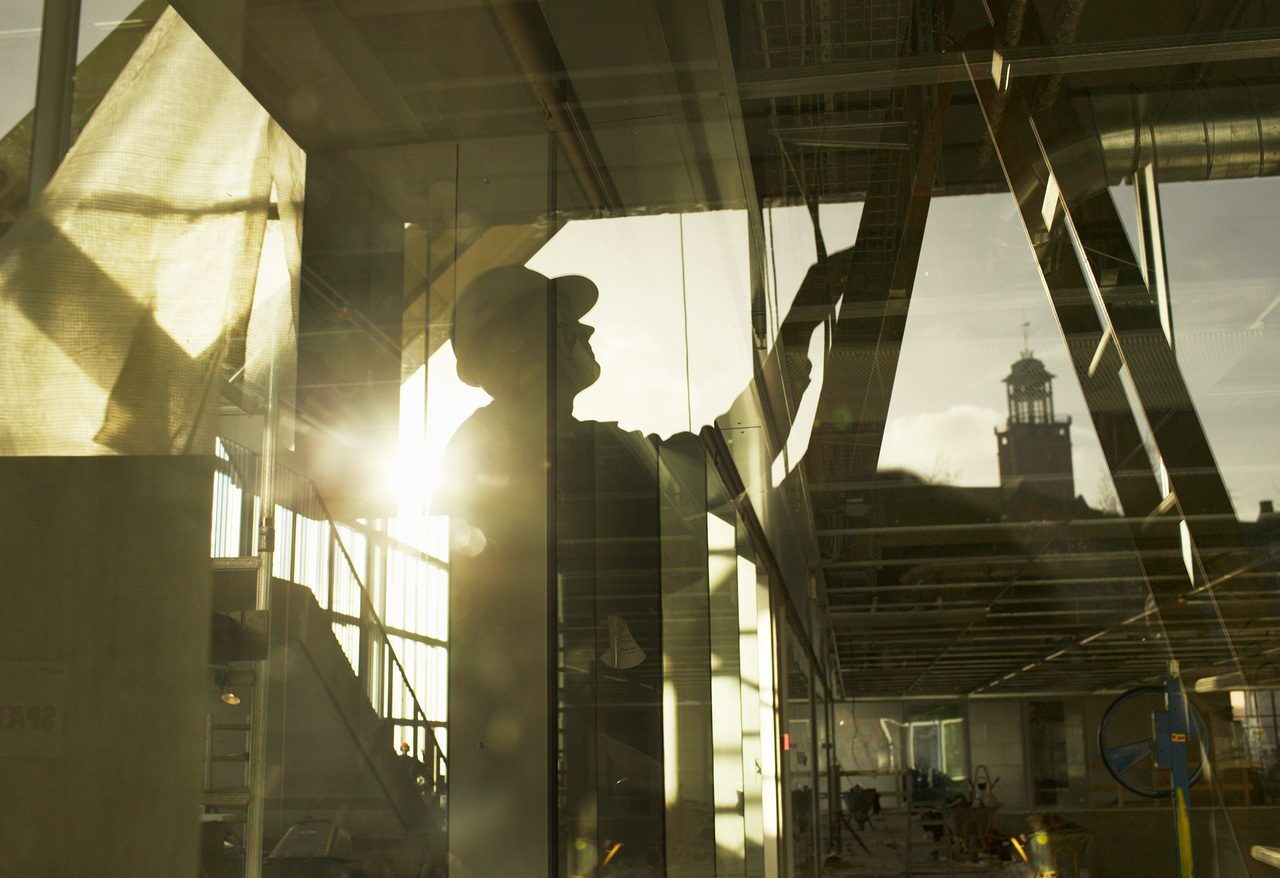Last week saw the launch of the Ratkaisu 100 challenge prize for tackling the most intractable problems facing Finnish society. What is a challenge prize? Sitra’s Kalle Nieminen explains.
Sitra was established in 1967 by the Finnish Parliament as a gift to the 50-year-old Finland. In its first year, the Finnish Innovation Fund was an innovation itself: an independent and responsible provider of funding and a future-oriented organisation tasked with building a successful Finland for tomorrow’s world. With Finland’s centenary celebrations and Sitra’s 50th anniversary looming, we are looking in the same direction as in 1967: towards the future.
Nobody can solve the problems of the future on their own. To resolve wicked problems, we need to engage in co-operation and bring together people from various disciplines. These challenges are addressed by developing something radically new or incrementally improving what is already there – by generating innovations.
In honour of the anniversary year, Sitra is running a challenge prize with the aim of solving a social problem. The idea is to define a social challenge affecting Finland and for which anyone can help develop a solution. The developers of the winning solution will be awarded a monetary prize to bring their idea to life.
Open innovation processes
A challenge prize is an innovation tool based on the idea of defining a motivational and solvable challenge, and offering sufficient incentive for solving it, i.e. generating a new innovation.
The underlying methodology has been the subject of extensive research. For example, the McKinsey report And the winner is… (2009) provides an excellent account of the various ways in which challenge prizes can be used to drive social change. The key objective of a challenge prize is to define a problem and then bring together problem-solvers from various sectors of society to tackle it. Problem-solvers learn from each other and are assisted in improving their solutions. In addition, sponsors can be brought in at any stage of the competition to help bring ideas to life.
However, this method should not be viewed as a way of replacing other development activities – at Sitra or in society in general. Challenge prizes are based on an open innovation process and can be used to solve wicked and complex problems, where a broad understanding based on a range of sectors is needed. At best, a challenge prize runs in parallel with other social development activities, accelerating change and building bridges between various players, including innovators and sponsors.
Towards social innovation
Challenge prizes have a long history; they have been used to solve a range of social problems since the 1700s. Did you know that innovations such as billiard balls, margarine and tin cans were the result of challenge prizes?
This century, challenge prizes have made a comeback and have been organised worldwide. In the 2000s, the emphasis of challenge prizes has been on technological advances and space technology. Many of you will have heard about the major challenge prizes organised by Nasa, Netflix and X Price. The most famous is probably Nesta’s Longitude Prize, involving a search for a solution to the rise of antibiotics resistance.
Although fewer in number, some challenge prizes have focused on social problems. The closing date of the Independent Living Challenge by Nordic Innovation is nearing. Its goal has been to find a solution that enables older people to continue living at home independently for longer. The Big Green Challenge is seeking ways for communities to combat climate change, while the objective of the Mayors Challenge is to boost the ecological and social development of major cities. In recent years, challenge prizes have also been run successfully in Finland, for example by the University of Helsinki and Gasum.
We at Sitra are interested in how a challenge prize could be used to generate social innovations – to improve the everyday lives and well-being of the Finnish people. Ratkaisu 100 is being launched to tackle social problems whose solutions require cross-sectoral co-operation.
The actual competition stage is scheduled for 2017. This autumn, we will make an open call for solutions, for which anyone can assemble a team and become a problem-solver. But which challenge will we begin solving?
What is Finland’s key challenge? We want to hear from you.
As the headlines keep reminding us, major global changes lie ahead and are having an impact on the everyday lives of all of us at an increasing pace. Working life is being challenged by digitisation and robotisation. Inequality keeps growing. The ecological sustainability crisis continues unabated. In the midst of all this, Finland is more dependent than ever on the international business environment, with global challenges rapidly emerging in the everyday lives of the Finnish people.
We need to improve our understanding of the impact of these major challenges on everyday lives now and in the future. Specialists and researchers cannot define our future by themselves; to make the necessary transition, we need to engage everyone actually affected by the challenge.
Ratkaisu 100 will engage anyone who wants to join in the competition from the word go. Which challenge or problem will we begin solving? Share your thoughts here.
Has Ratkaisu 100 sparked your interest? I will be delighted to answer any questions and get in touch.


Recommended